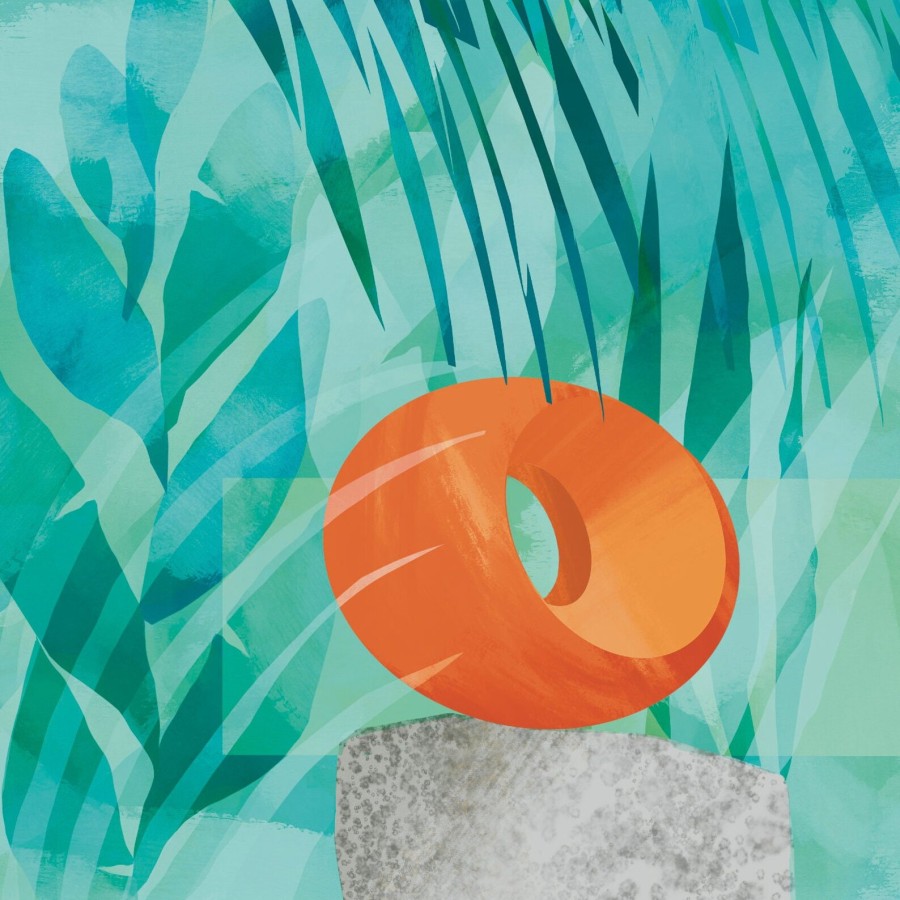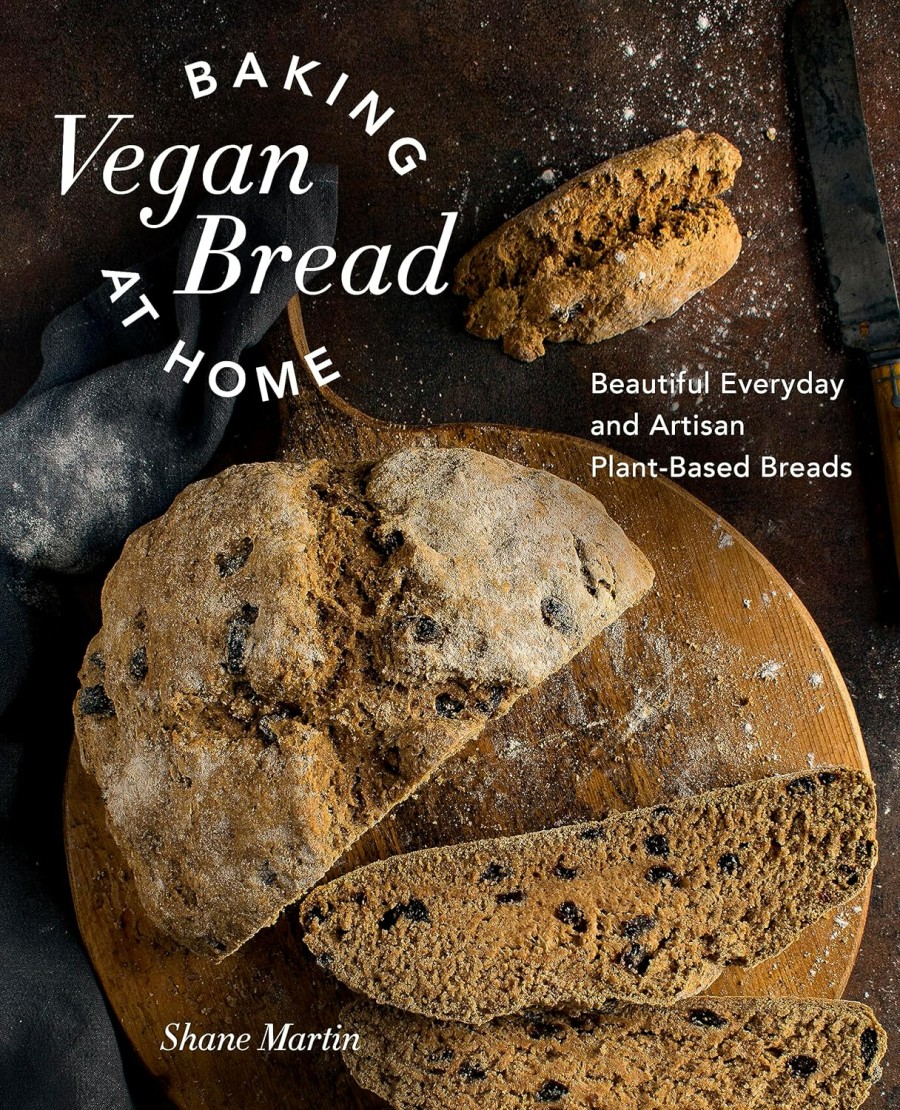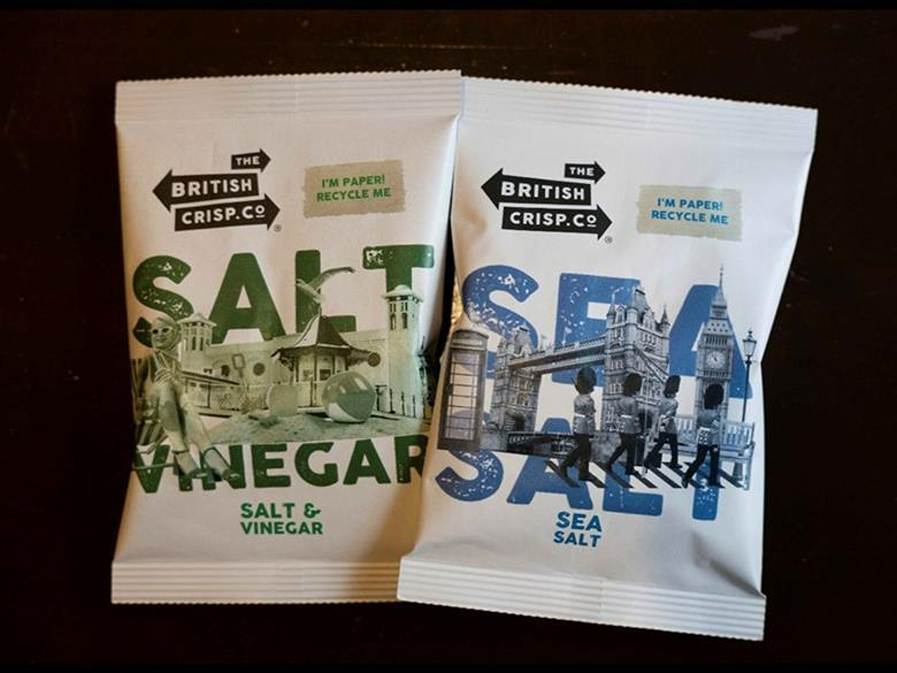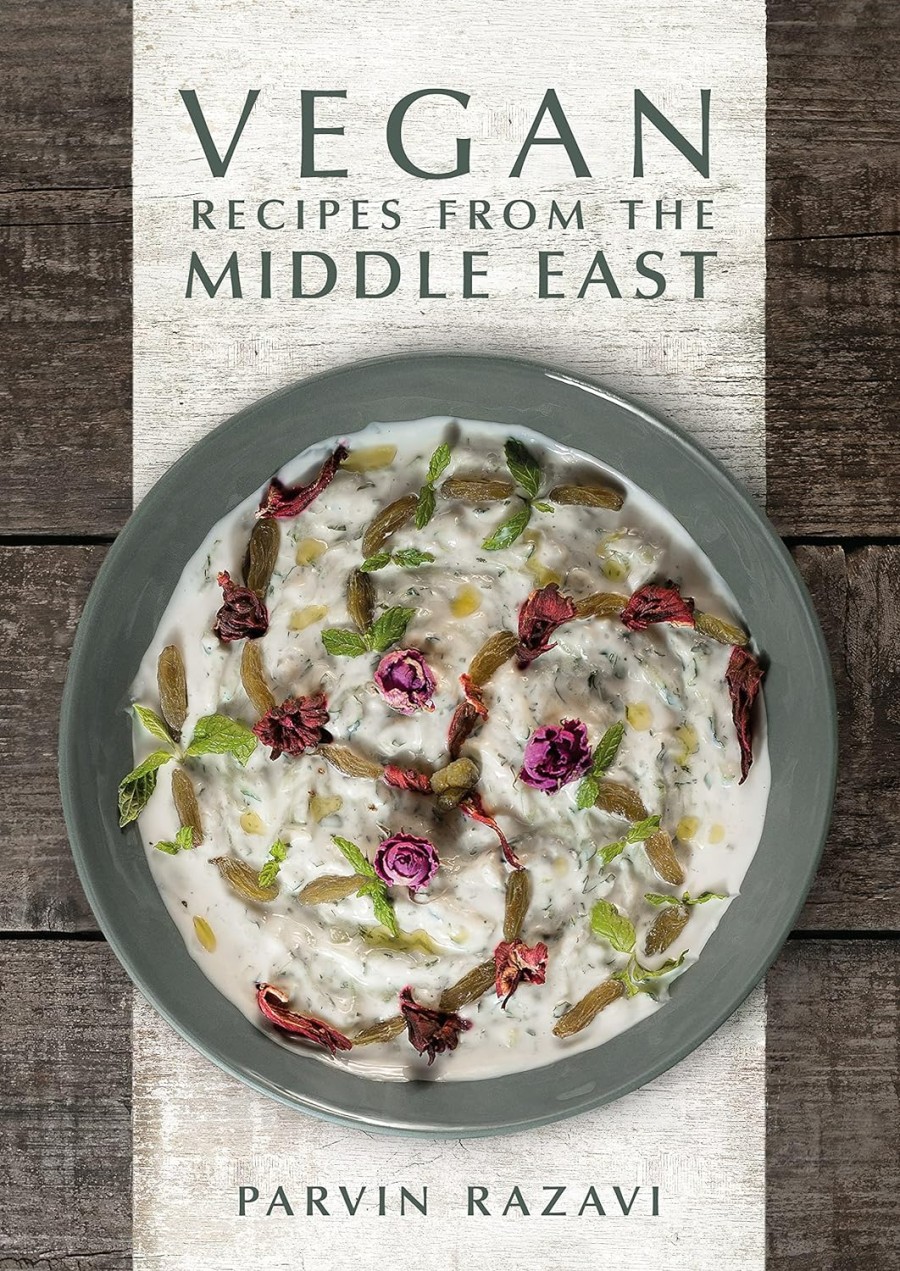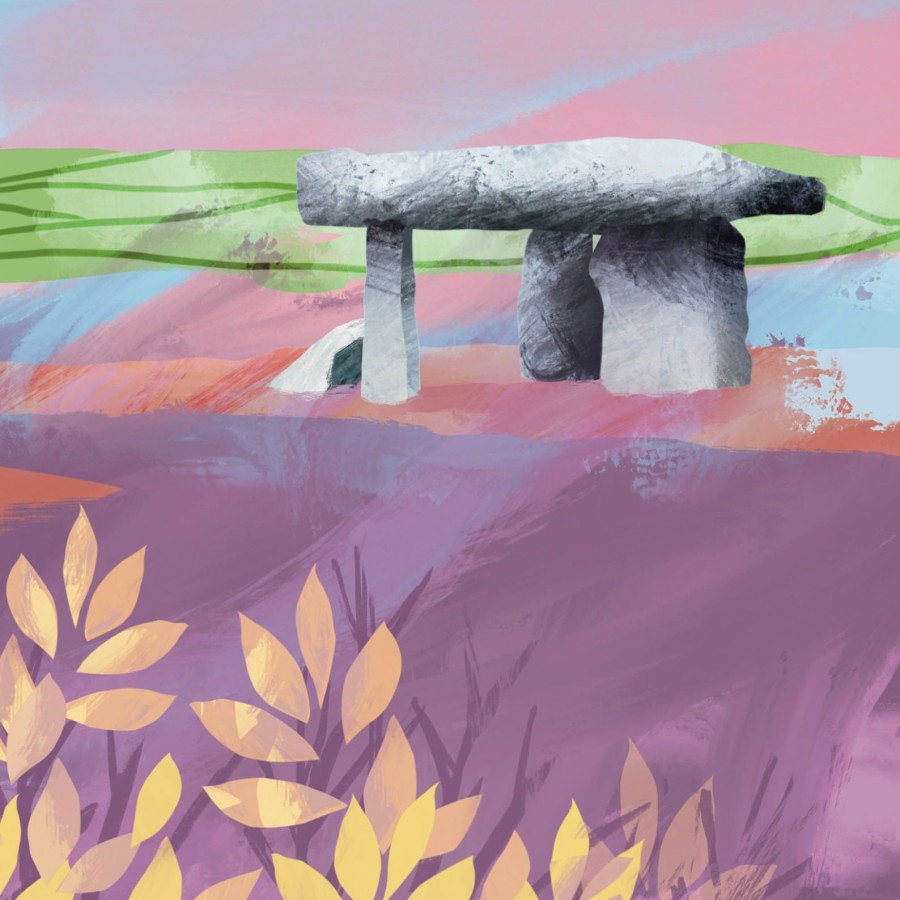
‘blackberries for the crumble’ by Nikky Corker
If foraging for food from hedgerows, only take what you need to leave the rest for wildlife – leave nettles with ‘tiny alligators’ (young ladybirds) alone until they’ve grown and flown. Most hedgerow plants are poisonous to pets (fruit pips/seeds, elder, borage, mushrooms etc).
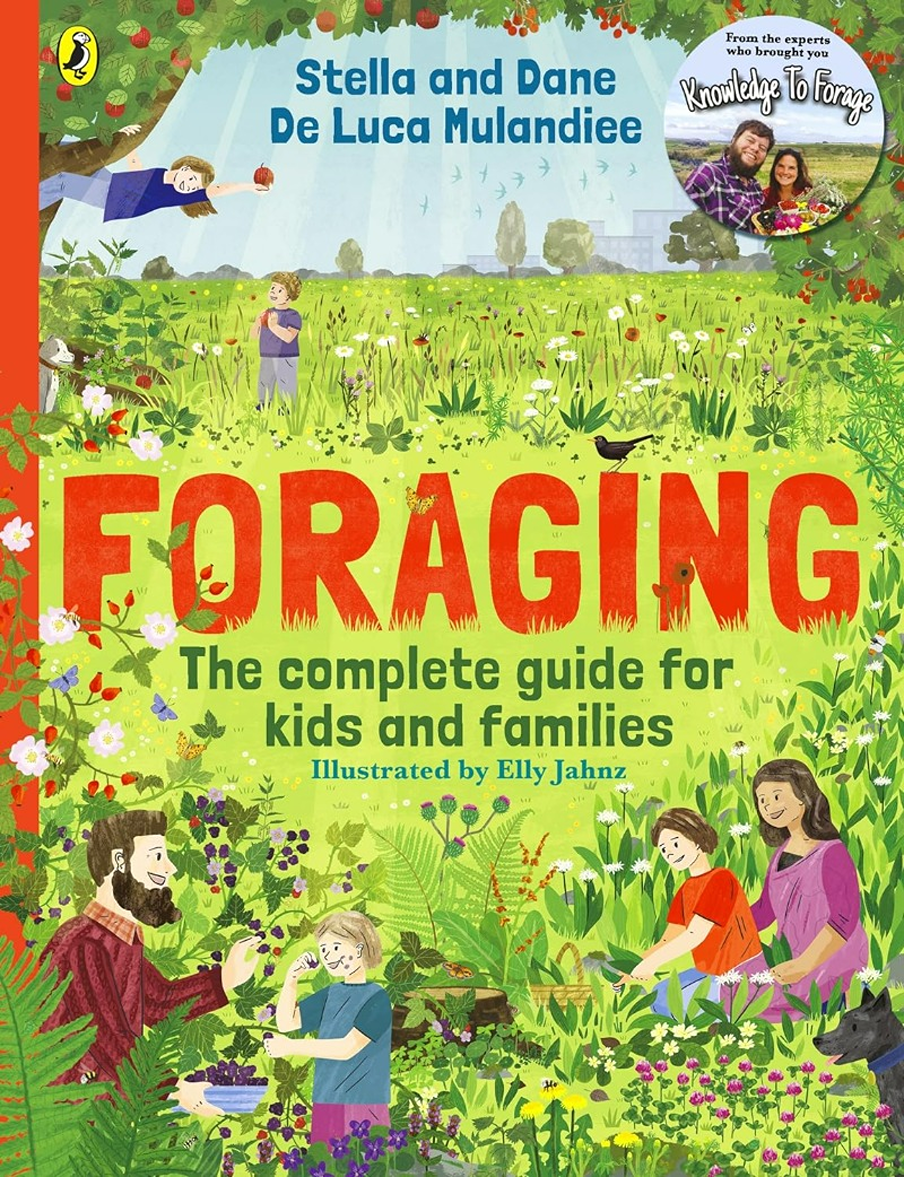
The Complete Foraging Guide for Families is a beautifully designed book to teach all the family how to safely pick plants to eat. If you’ve even been on a long walk through the woods or fields (or even on local streets), there may be undiscovered plants and flowers, just waiting to be found.
The double-spread pages include information on the plants and safe parts of each plant or fruit to eat. By the end of the book, you’ll know how to find the best berries and plants for making yummy foods, and also learn of incredible stories hidden in the flowers, plants and trees you see everyday.
With handy tips and colourful art, this is a comprehensive guide to nature and foraging, to encourage children to safely explore the great outdoors with friends and families.
Dane and Stella De Luca Mulandiee believe the best things in life are wild and free. They have devoted years to creating nature-inspired educational content on foraging and folklore. Their debut book Knowledge to Forage cemented them as experts, with a monthly calendar of 80 wild edible plants, trees and mushrooms (and a section of toxic plants to avoid, including photos of ‘possible lookalikes’ so you don’t pick a mushroom that might kill you!)
three beginner guides to foraged plants

The Little Wild Library: Hawthorn is a unique guide on how to make the most of your foraged finds. As winter turns to spring, a froth of white appears on the hawthorn, giving it is old name of ‘the May tree’. This abundance of tiny white flowers heralds the beginning of warmer months. And as the year progresses, the tree gives shelter to birds, insects and small creatures who hide amid the thorny branches. And as the seasons turn, the vibrant red berries in autumn nourish the wildlife that have made this tree their home.
In this book, we learn how the hawthorn tree’s robust branches, plentiful fruits and solid wood have made them a favourite for foragers. Learn how to identify a hawthorn tree amid its hedgerow friends and discover botanical information of this beautiful tree, whose blossom uplifts the spirits on a dull afternoon. Sarah Atkinson is a medical herbalist with over 30 years experience, who runs a holistic medicine garden in the Lake District.
The Little Wild Library: Wild Rose is a book about peeking out of hedgerows to discover the charming and beautifully scented plant. A favourite for bees when flowers are in bloom, rosehips offer a burst of colour as autumn turns to winter. Make recipes from foraged wild roses, and useful tinctures using plump rosehips that decorate branches in autumn and return in spring as petals and flowers. Learn how the wild rose got its namae, and discover legends attached to this most English of plants.
The Little Wild Library: Elder is a book about the tree that signals summer, with blooms emerging in late spring and filling hedges and pathways with glorious fragrance. As the seasons turn, the elderberry becomes a delicious for both humans and animals, and an excellent source of vitamin C. All parts of the elder tree are poisonous to pets.
In this book, discover how to make simple recipes from foraged finds along with useful tinctures. The elder is the perfect plant for beginner foragers to explore, and can even be used to make romantic elderflower champagne! You’ll be sure to catch the heavenly scent before you see elder blossom, so you can return as autumn arrives to gather berries from the branches. You’ll also learn the history of the elder, and myths and legends assocaited with this most English of plants.

